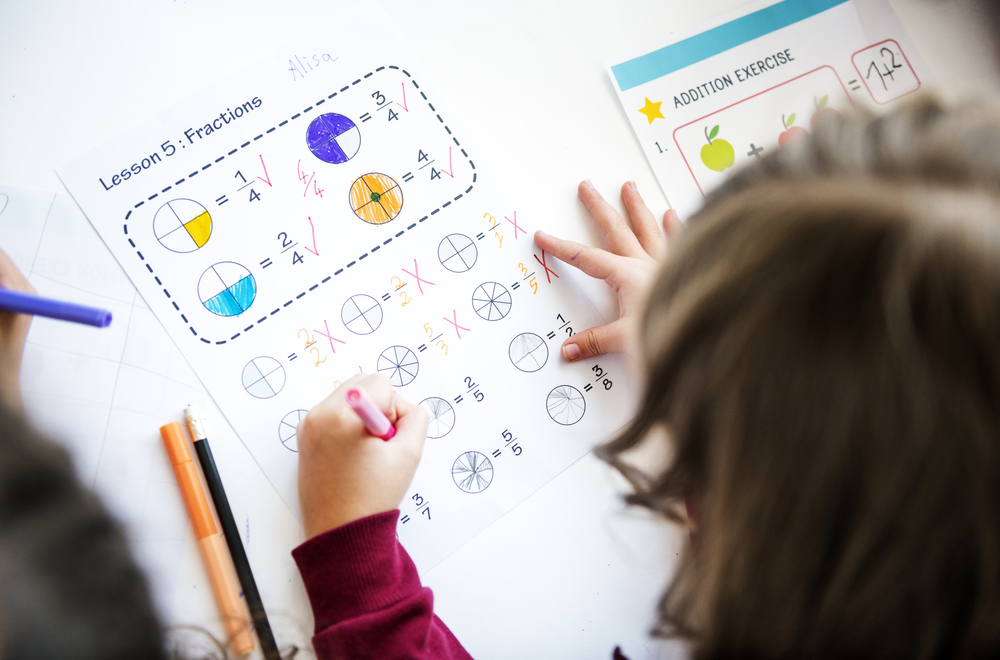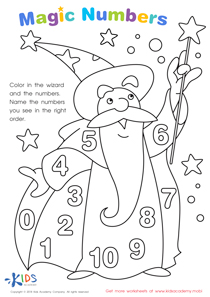Story sequencing Extra Challenge Worksheets for Ages 4-8
5 filtered results
-
From - To
Unlock your child's imagination with our "Story Sequencing Extra Challenge Worksheets for Ages 4-8." These engaging worksheets are designed to help young learners develop critical thinking and storytelling skills. By arranging events in the correct order, kids will not only enhance their comprehension but also boost their creativity. Each worksheet offers vibrant illustrations and relatable scenarios, making learning fun and interactive. Perfect for classroom use or at-home enrichment, these extra challenges cater to various skill levels, ensuring every child can participate and grow. Equip your little storytellers with the tools they need to sequence stories and express their ideas confidently!
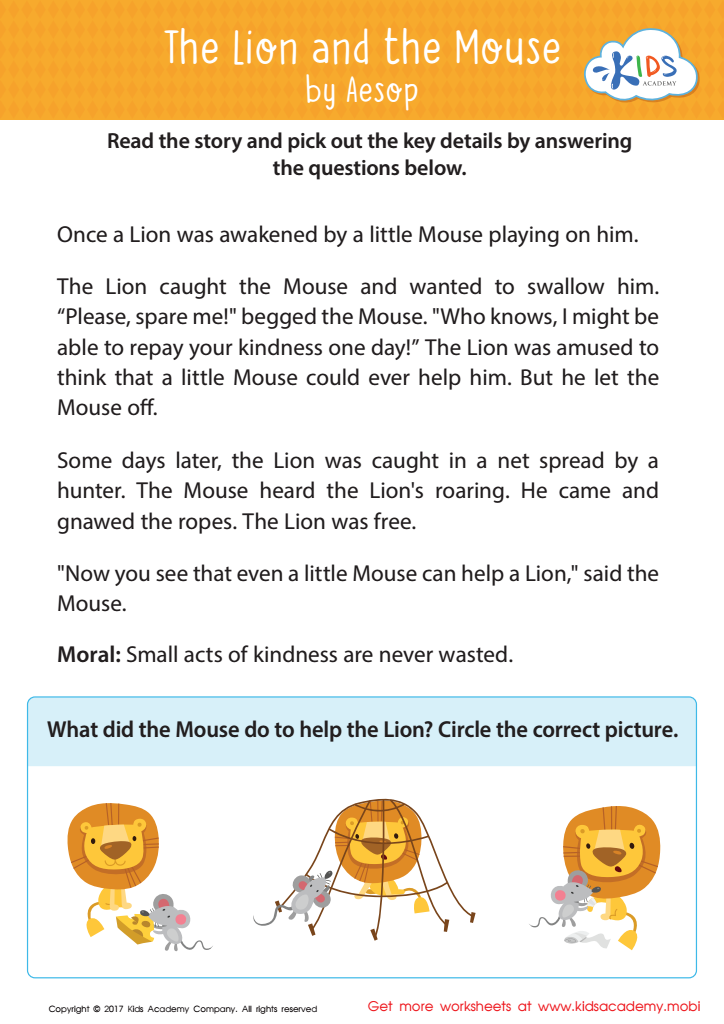

The Lion and The Mouse Sequencing Worksheet
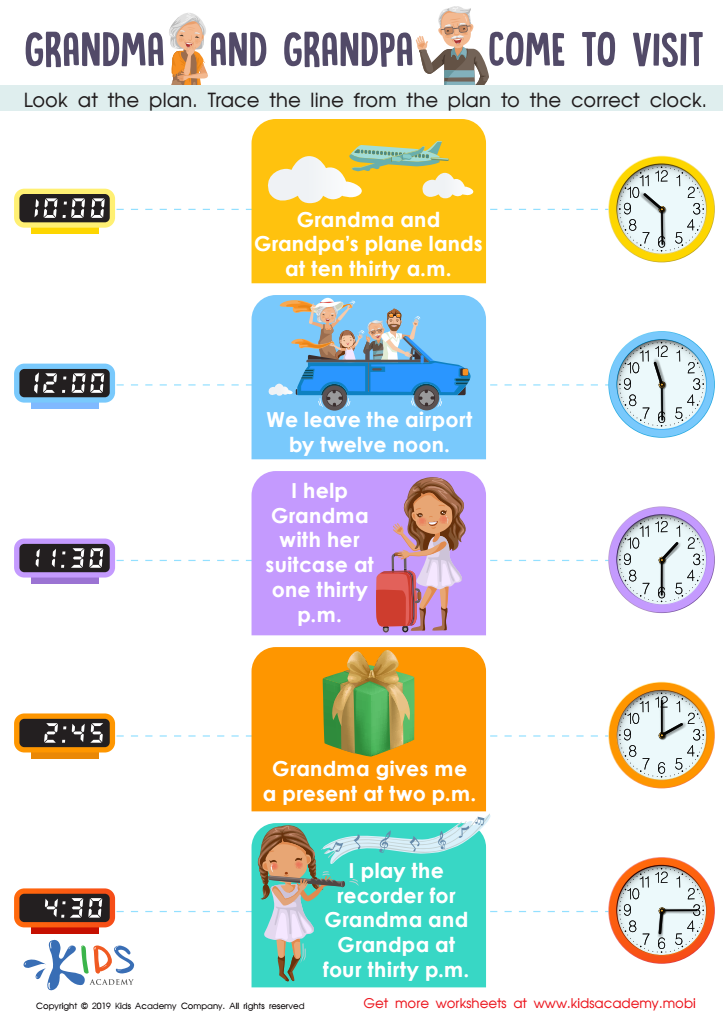

Grandpa and Grandma Come to Visit Worksheet
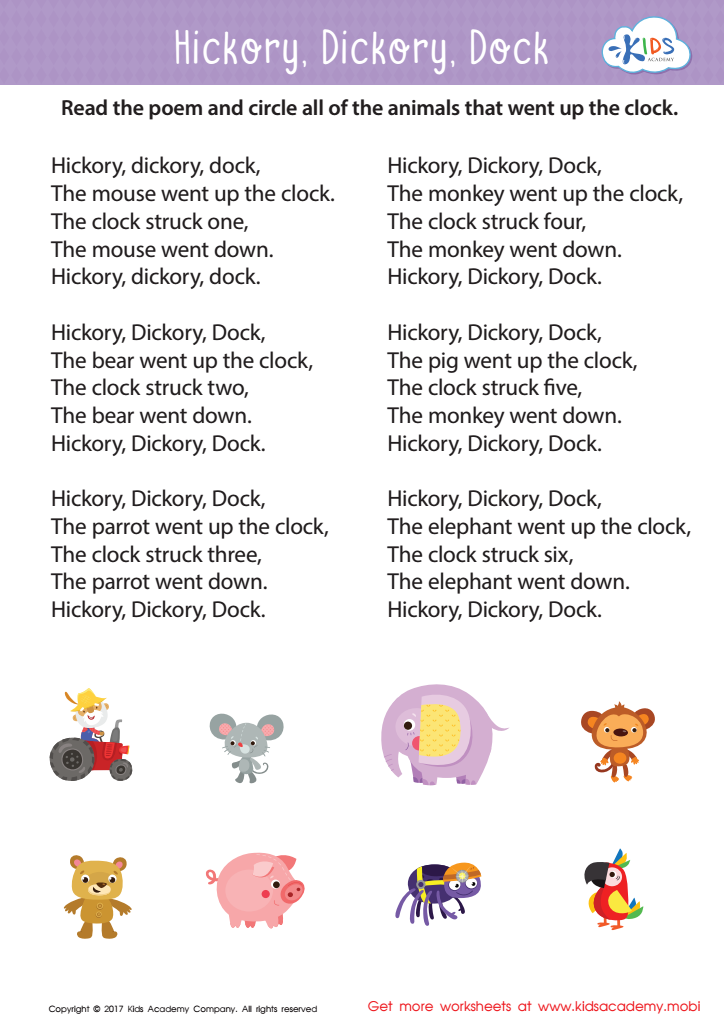

Hickory Dickory Dock Sequencing Worksheet
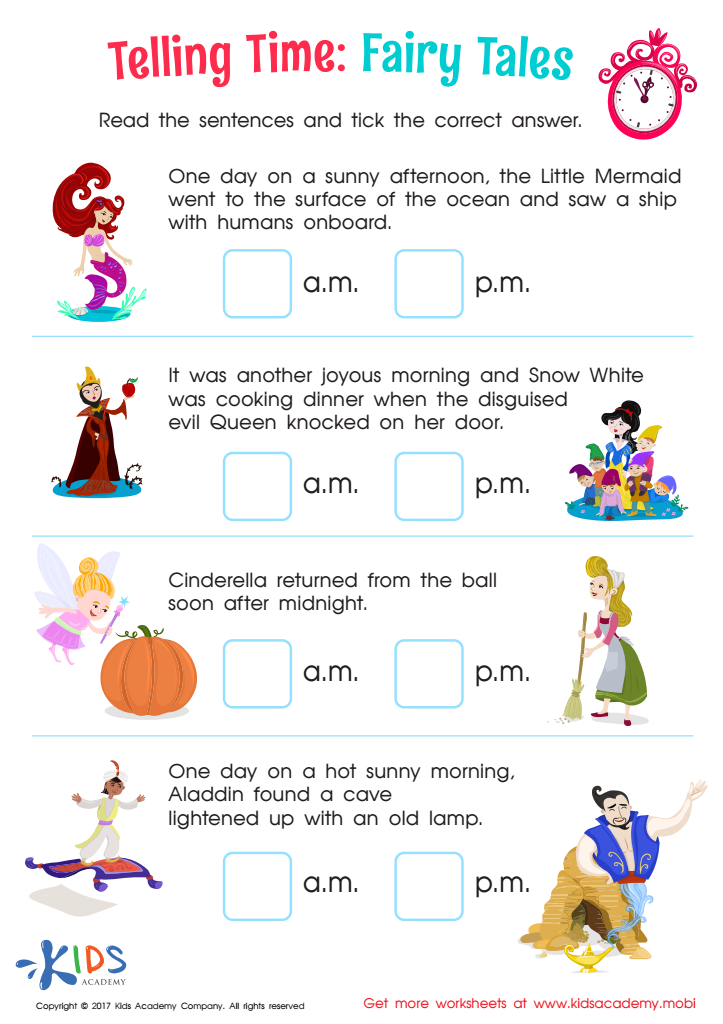

Telling Time: Fairy Tales Worksheet
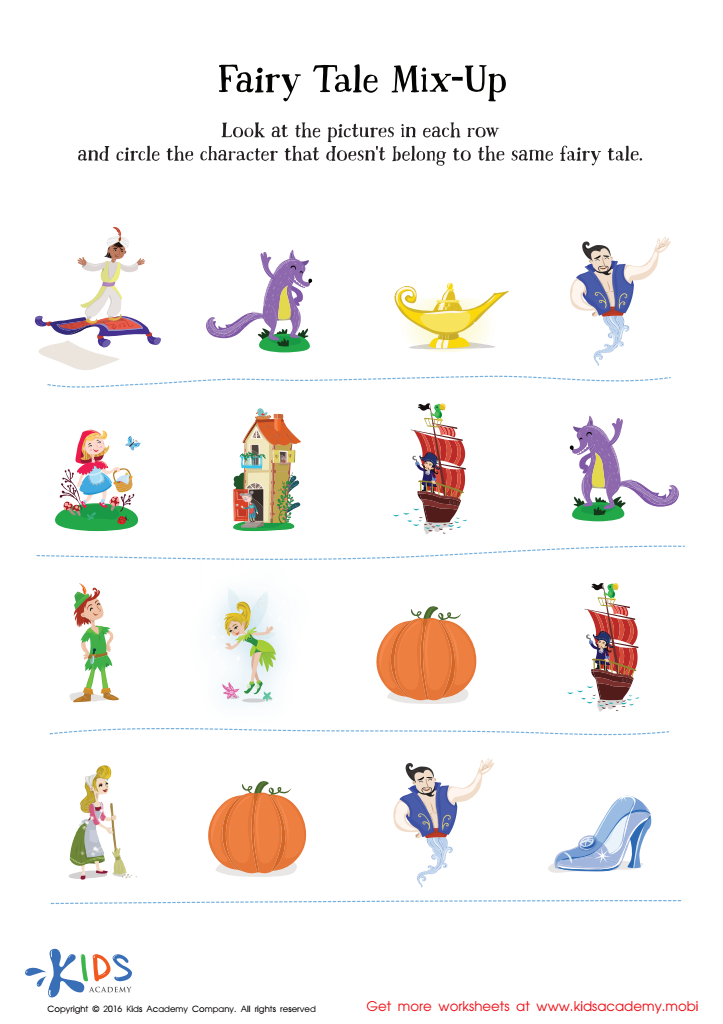

Fairy Tale Worksheet: Story Mix Up
Story sequencing is a crucial skill for children aged 4-8, and it plays a significant role in their overall literacy development. At this age, children are beginning to understand narrative structures—beginning, middle, and end—enhancing their comprehension and storytelling abilities. Parents and teachers should care about story sequencing for several reasons.
First, it fosters critical thinking as children learn to analyze plot developments and identify cause-and-effect relationships within a story. This skill not only improves reading comprehension but also helps in constructing logical reasoning abilities in everyday scenarios.
Second, story sequencing enhances vocabulary development and language skills. As children retell stories in sequence, they are encouraged to use diverse vocabulary and sentence structures, leading to richer language development.
Lastly, sequencing activities promote creativity and imagination. Children engage with stories more deeply and are motivated to create their own narratives, boosting their confidence in self-expression.
By prioritizing story sequencing, parents and teachers contribute significantly to children's cognitive and social-emotional growth, laying a solid foundation for their future educational successes. Emphasizing this foundational skill equips children with the tools they need to decode stories and construct meaningful narratives, preparing them for lifelong learning.
 Assign to My Students
Assign to My Students




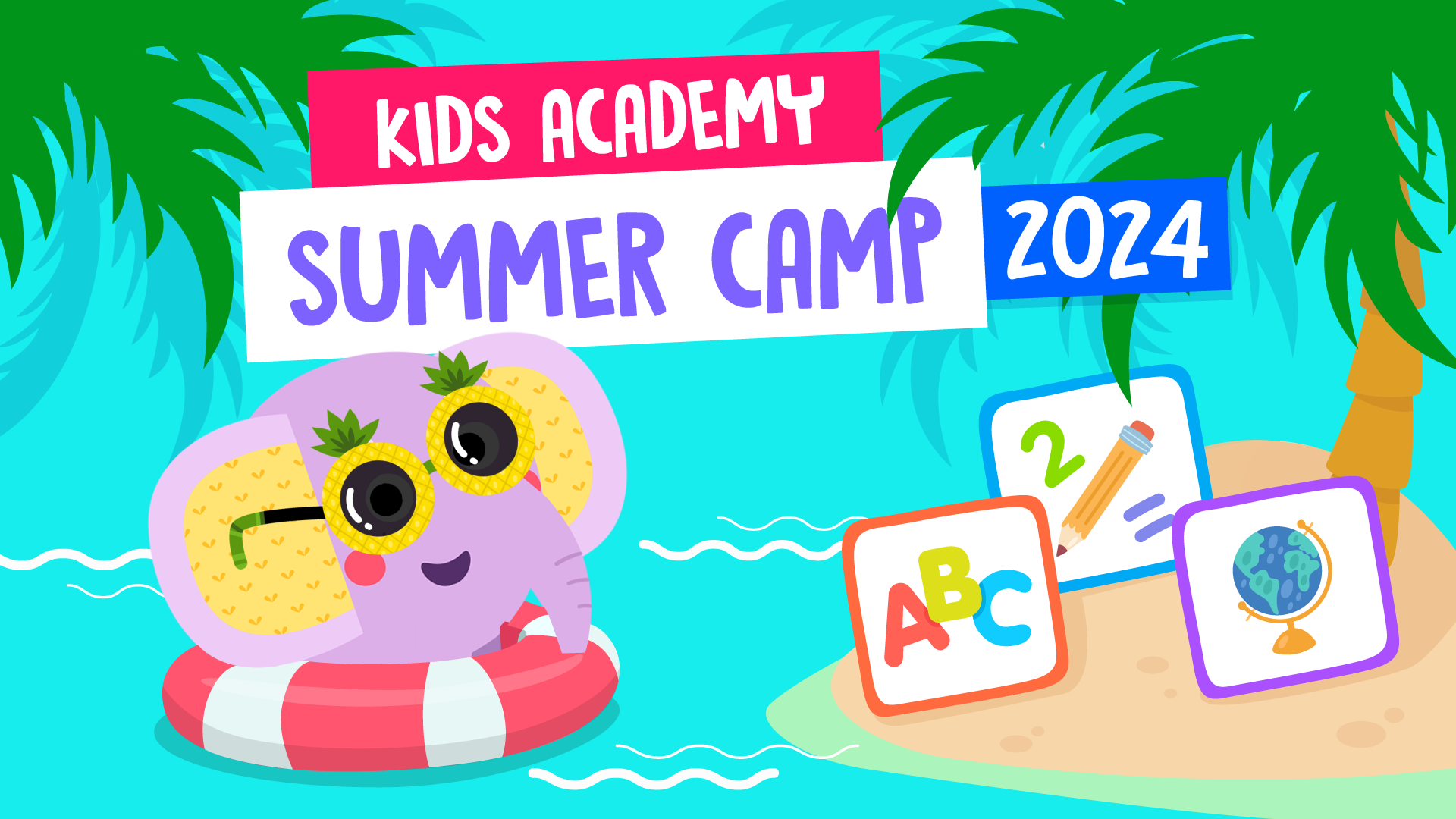

.jpg)
